Deck & Commander Strategies
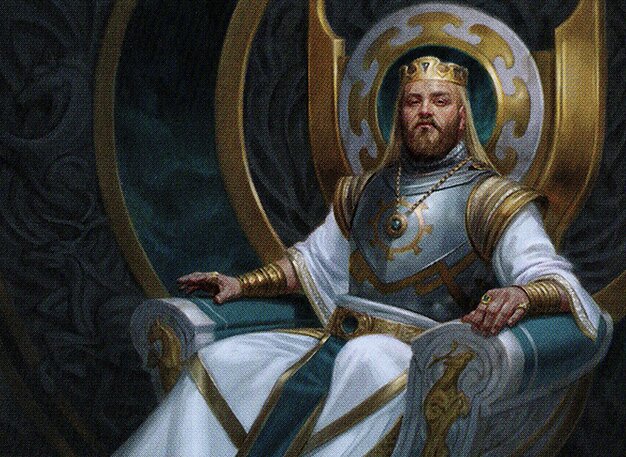
Kenrith, the Returned King
Utilizes Kenrith’s versatile abilities to support a value and creature-based strategy, leveraging creatures like Ranger Captain and combos such as Underworld Breach to generate card advantage and board presence.
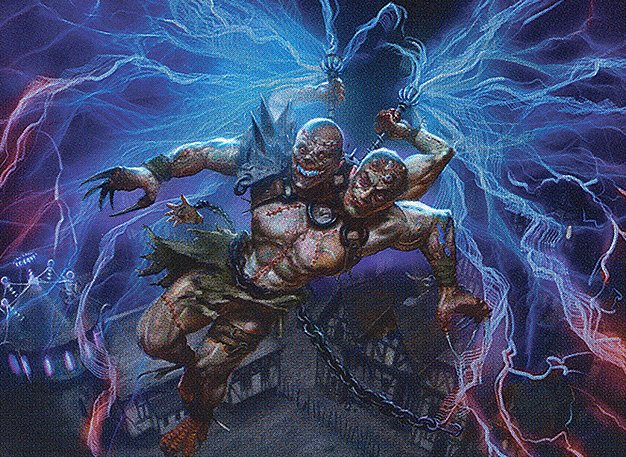
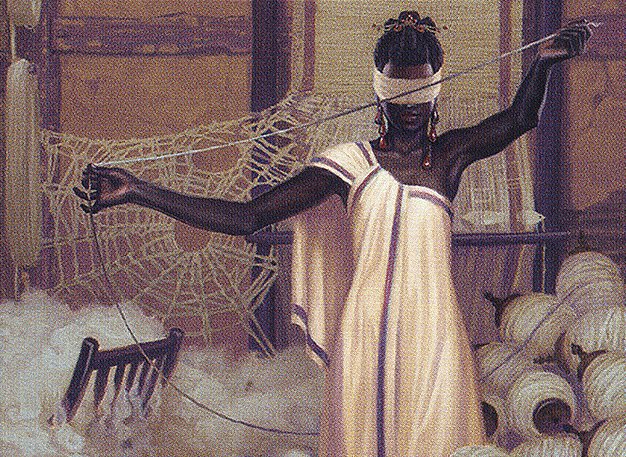
Kraum, Ludevic's Opus / Tymna the Weaver
A Blue Farm deck focused on card draw and incremental advantage through enter-the-battlefield triggers, cheap interaction, and efficient creatures to control the board while building towards a strong late-game.
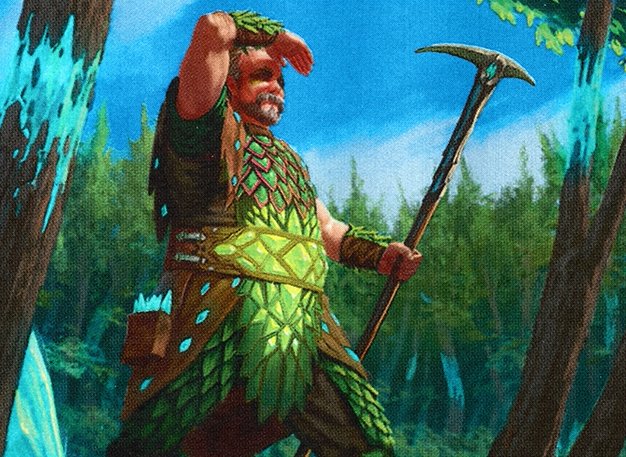
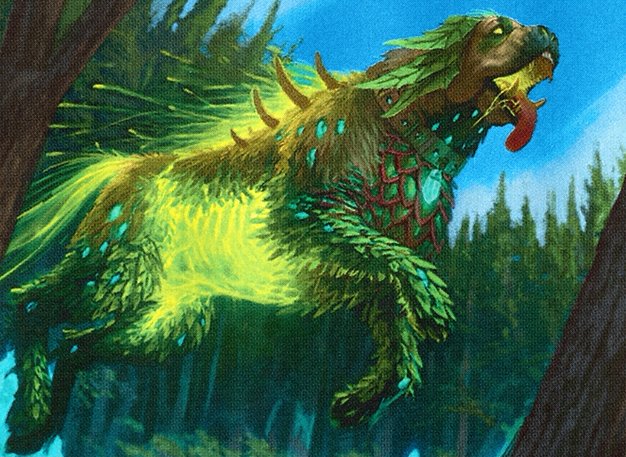
Haldan, Avid Arcanist / Pako, Arcane Retriever
A value-oriented deck that uses interaction and recursion, aiming to disrupt opponents’ plays and build incremental advantage with spells and creatures that synergize with multiple casts and graveyard recursion.

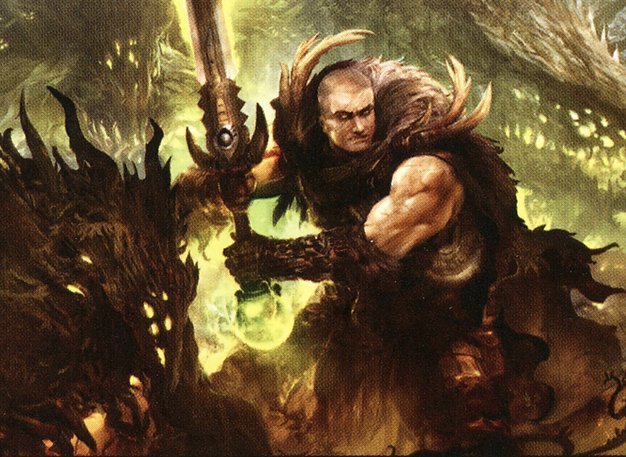
Bruse Tarl, Boorish Herder / Kamahl, Heart of Krosa
Aggro-combo strategy focused on boosting creatures with anthems and combat tricks, leveraging Bruse’s double strike and Kamahl’s ramp and large creatures to pressure opponents through combat damage.
Gameplay Insights
- 1
Players prioritized ramp and early board development, using mana dorks and efficient creatures to establish board presence quickly.
- 2
Kenrith’s player planned a graveyard recursion combo using Underworld Breach, but opponents coordinated to disrupt or delay it to maintain balance.
- 3
Blue Farm’s strong card draw and creature quality made it a key threat, leading others to focus on denying its card advantage.
- 4
Combat decisions balanced between applying pressure and avoiding overextension, with players sometimes allowing damage to maintain board control and political stability.
- 5
Temporary alliances and trade-offs were used strategically to avoid early elimination and navigate the multiplayer politics of Commander.
- 6
Multiple spell stacks and high interaction spells were expected to dictate the mid-to-late game tempo, with players wary of potential combos activating.
Notable Cards
-

Underworld Breach
-
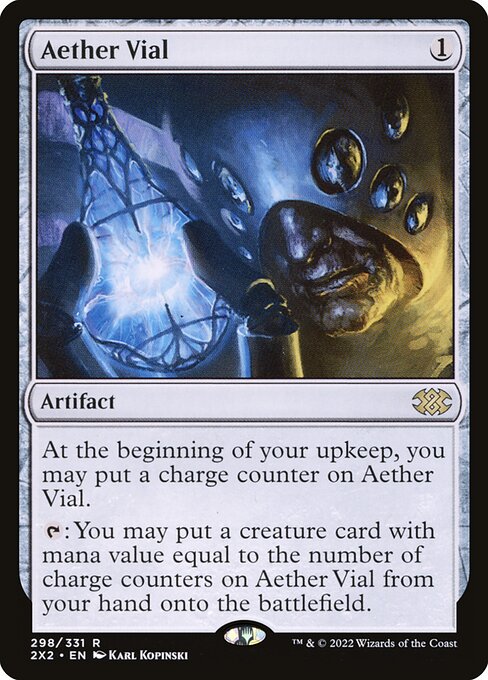
Aether Vial
-
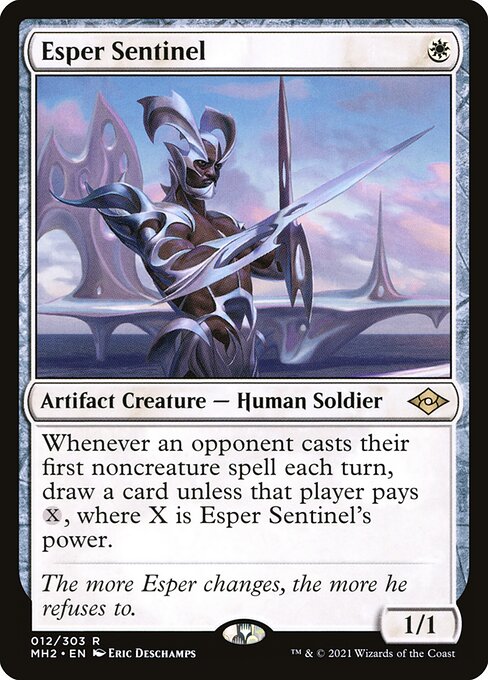
Esper Sentinel
-

Arcane Signet
-

Tymna the Weaver
-

Kenrith, the Returned King
-
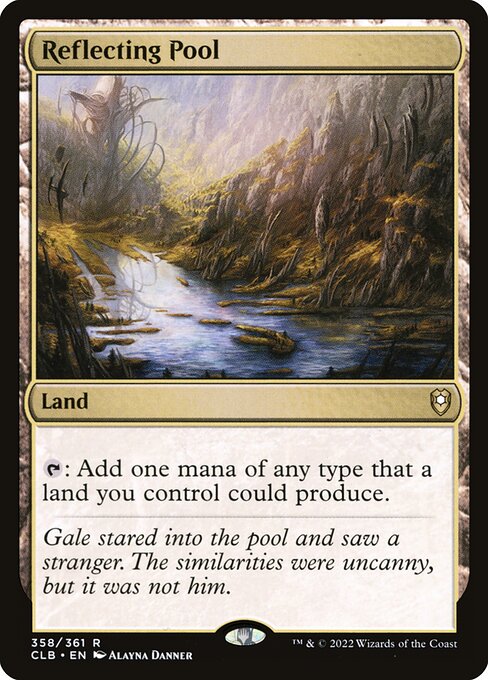
Reflecting Pool
Gameplay Summary
The game began with players developing their boards with ramp and early creatures, including Birds of Paradise, Aether Vial, and Halfling Outbursts, while establishing mana bases featuring dual lands like Breeding Pool and Watery Grave.
The Kenrith player set up a strong presence with efficient creatures such as Ranger Captain and Esper Sentinel, aiming to leverage Kenrith's versatile abilities.
The Blue Farm deck focused on card advantage and generating value through creatures with enter-the-battlefield triggers and card draw spells like Arcane Signet and Opt.
The Haldan/Pako deck played around with interaction and incremental value, while the Bruse/Kamahl deck developed a board presence with creatures and anthem effects to boost their attackers. A key turning point came when the Ranger Captain entered the battlefield, signaling potential explosive plays using graveyard recursion and synergy.
The Blue Farm deck showed strong card quality and board presence, prompting other players to consider denying it card draw to keep it in check.
A moment of tension arose when the Kenrith player prepared to execute an Underworld Breach combo, but opponents coordinated to slow it down.
Combat phases involved careful attacks, with some players choosing not to block powerful threats like a 5/6 flying trample vigilance creature, allowing small amounts of damage to maintain board control.
Later, players negotiated temporary truces and trades to avoid early elimination, highlighting the delicate balance of aggression and diplomacy in multiplayer Commander.
The game was progressing toward a state where multiple spell stacks and interaction would dictate the pace, with combo potential looming but not yet fully realized.



















































